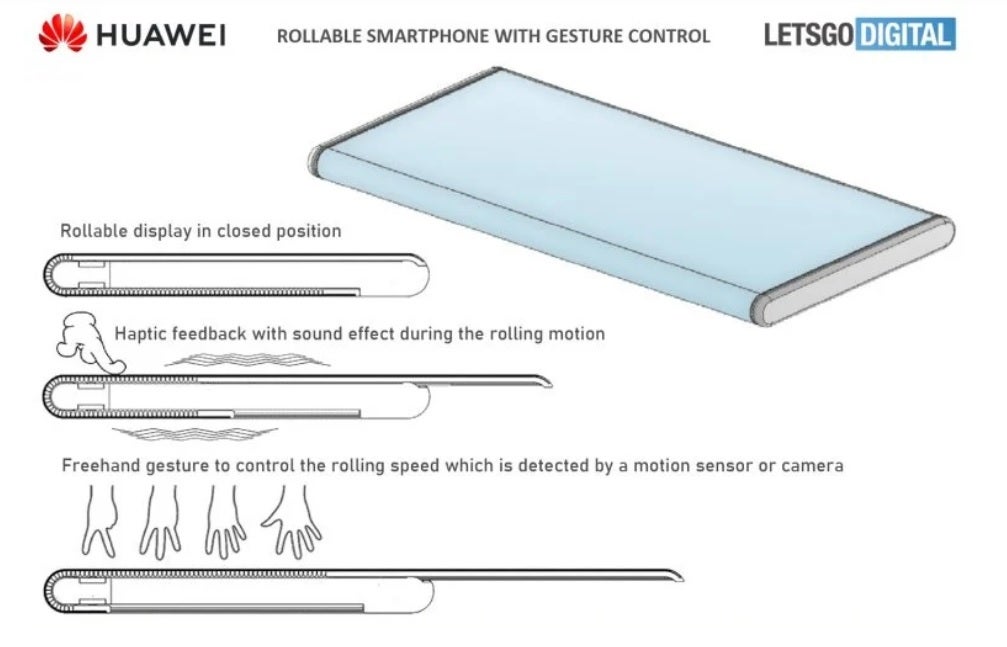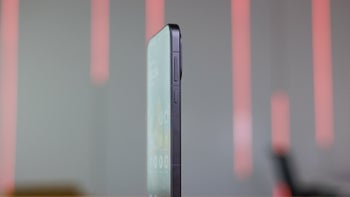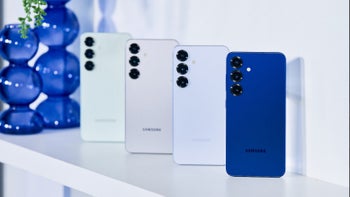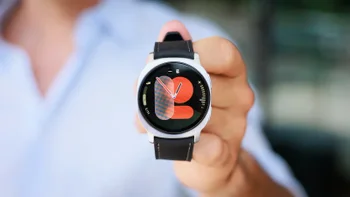Huawei files patent application for a rollable phone

According to LetsGo Digital, Huawei has filed a patent application for a rollable smartphone that has three modes. There is one closed position and two open positions. In the first position, the screen is enlarged by 35% and when you pull out the screen even more, it becomes at least 70% larger than the screen size in the closed position. As a result, a serviceable 6.5-inch handset rolls out to become an 11-inch tablet.
Huawei files a patent for a rollable device that uses haptic feedback and sound effects
The beauty of using a rollable is not just the extra real estate that turns an average-sized smartphone into a device with a huge tablet-sized screen. Since the screen rolls up and unrolls and doesn't fold up in one specific location, there is no crease where the screen bends. Ts Designer created the renders and the video that accompany this article and keep in mind that the renders are based on that aforementioned patent application.
Huawei has chosen to put the screen on the outside which leaves it unprotected against scratches and other contacts with the display that could damage the screen. Samsung, on the other hand, has patented the Galaxy Z Fold and Roll with an inward folding screen that is also pullable. Sammy also received patent protection for the Samsung Galaxy Z Flip Slide which looks very similar to Huawei's rollable phone.


Technizo Concept created the concept renders that were published by LetsGo Digital. The Galaxy Z Slide might look very much like Huawei's rollable design, but it only has two positions to choose from: open and closed. It lacks the second position that falls between the screen being closed and the screen being fully opened.
Before LG closed its smartphone business for good, it was developing a rollable phone with the extremely inspired name of the LG Rollable. The company eventually released a teaser for the device that showed the screen shrinking from a 7.4-inch tablet-sized display to a smaller smartphone-sized display. Before LG said adios to smartphones, some were hoping that the Rollable would be released
But the device ended up being not quite ready for Prime Time as issues with the rollable mechanism and questions about its durability kept it on the sideline. The durability problem is natural for a rollable since the longer the screen is rolled out, the less sturdy the end of the screen becomes. Huawei plans on using magnets to keep the screen tightly held against the body of the phone.
The advantage of a rollable is that there is no crease that breaks up the smooth rollable display
Another advantage of using Huawei's rollable is that it doesn't require a front-facing camera or a separate selfie camera. On the back of the handset is a large screen with an island containing three different cameras.

Huawei files a patent for its rollable device
The patent was submitted to the World Intellectual Property Organization (WIPO) and is titled "‘Controllable foldable display with haptic and sound effect." The technology involved will allow users of the rollable device to roll out the screen through the use of hand gestures (called "freehand gesture control" by Huawei) or by using the touch screen. A virtual slider on the screen can be used to help make the display larger or smaller.
Haptic feedback will be used along with sound effects to make the user aware that the screen is being extended or is shrinking, The speed at which the screen extends or rolls back can be controlled by holding up two, three, four, or even five fingers. A camera sends this information to a sensor which adjusts how fast the screen is rolling,
Follow us on Google News




![Some T-Mobile users might be paying more starting in March [UPDATED]](https://m-cdn.phonearena.com/images/article/176781-wide-two_350/Some-T-Mobile-users-might-be-paying-more-starting-in-March-UPDATED.webp)









Things that are NOT allowed:
To help keep our community safe and free from spam, we apply temporary limits to newly created accounts: